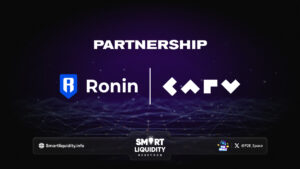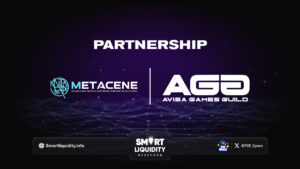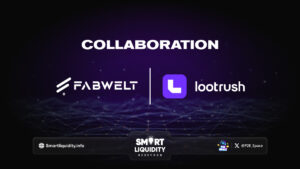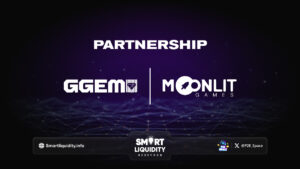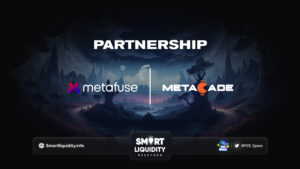Moonville Farms’ Closed Loop Economy
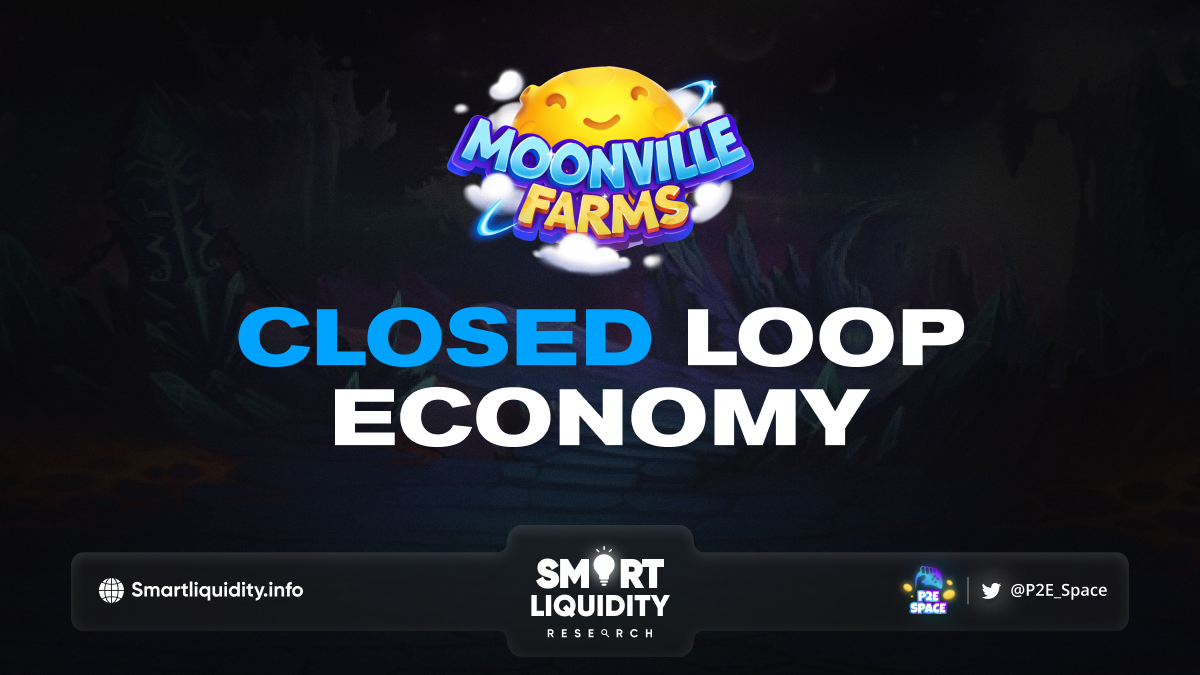

Moonville Farms is a competitive play-and-earn blockchain farming simulation game. It allows users to play and earn digital tokens – but how exactly does earning work? Today, they shared Moonville Farms’ closed loop economy and the mechanisms behind it.
Play-and-Earn
Let’s clarify what Play-and-Earn (P&E) is. This crypto gaming model is rather new and aims to dethrone Play-to-Earn (P2E). Both P&E and P2E utilize blockchain technology and NFTs but they’re also quite different. Here’s a quick comparison between the two:
- Play-to-Earn: a high barrier to entry due to expensive NFTs required upfront to play; repetitive gameplay; badly designed economy; first mover advantage;
- Play-and-Earn: no barrier to entry; engaging gameplay; stable economy; rewards player skill instead of time spent playing
Play-to-Earn relies on an inflationary model where in-game tokens are continuously generated (minted) by players. This leads to a rapid increase in supply and the devaluation of assets if the game’s economy is missing a proper burning incentive. On the other hand, Play-and-Earn focuses on the gameplay aspect and rewards users for their skills.
Moonville Farms adopts a unique model where only a set amount of tokens are minted into existence. Through gameplay, these tokens get redistributed between the players and inflation is much easier to control. Moonville Farms also solves one of the biggest problems in P2E games by attracting net spenders instead of value extractors, rewarding skilled players.
The $MOON token
The native token of Moonville Farms is $MOON and gamers can earn it by ranking higher in tournaments or completing daily missions. The token isn’t just a reward for your game time that you can only sell for profit. It’s also a utility token with several use cases:
- $MOON can be used to purchase Moonstones that facilitate your gameplay and give you temporary NFT upgrades
- $MOON can be used to purchase NFTs in the Myria marketplace
- $MOON can be used to pay fees and enter weekly tournaments
- $MOON can be staked, rewarding stakeholders
$MOON can be used to temporarily upgrade NFT buildings and activate in-game bonuses, increasing the amount a player can earn. This encourages token circulation throughout the ecosystem instead of just holding. Furthermore, with the option to purchase NFTs on the Myria marketplace, $MOON’s utility expands outside of the game.
Moonville Farms’ closed loop economy
One of the main problems that Play-to-Earn economies face is the high volatility of the crypto market. Fluctuation of the in-game token can lead to some players making millions and then earning close to zero when the price drops. This brings a level of uncertainty and makes the whole game feel like a gamble. Will the token moon? Will it crash? Through Play-and-Earn, Moonville Farms has developed a mechanism to address this persistent problem.
The game features a specific pool that fills during periods of high activity and slowly distributes the token during a drought.
In the graph above, the price and activity still fluctuate but, thanks to the pool, the rewards remain stable. This treasury pool is like a daily savings jar, filling up when the times are good and emptying when they’re not so good by giving back to the community to support the game. From where does this pool get filled? There are a couple of sources:
- The pool has an initial supply of $MOON tokens
- A percentage of the $MOON from tournament entry fees
- A percentage of NFT sales
- A percentage of Moonstones sales
The treasury pool will gradually fill up from the sources listed above when daily active users are high, and slowly empty during periods of low activity. This helps to insulate the game during crypto winters and economic downturns.
It’s worth noting that, even if the pool exceeds the maximum rewards cap at the end of a competition, it won’t distribute rewards over that cap. The same is true given the opposite scenario; even if the system needs more funds to maintain the rewards, the pool will not empty faster than this—the maximum rewards cap is determined by factors such as player skill and engagement.
The team behind Moonville Farms has designed Moonville’s in-game economy with sustainability in mind. This constant flow of assets into the pool and out of it guarantees the stability of the Moonville Farms ecosystem and also supports its long-term development, giving it an edge over the competition.
About Moonville Farms
Moonville Farms is a competitive play-and-earn blockchain farm simulation game. Easy to play yet difficult to master, Moonville Farms will test your ability to manage resources and production in an efficient way. Develop your base, get points, climb the ranks and be rewarded for your skills. Compete with other players and earn tokens and digital assets. At the end of each tournament, the leaderboard is reset, and players can begin another round, leveling up with their newly acquired in-game knowledge.
SOURCE: MOONVILLE BLOG
